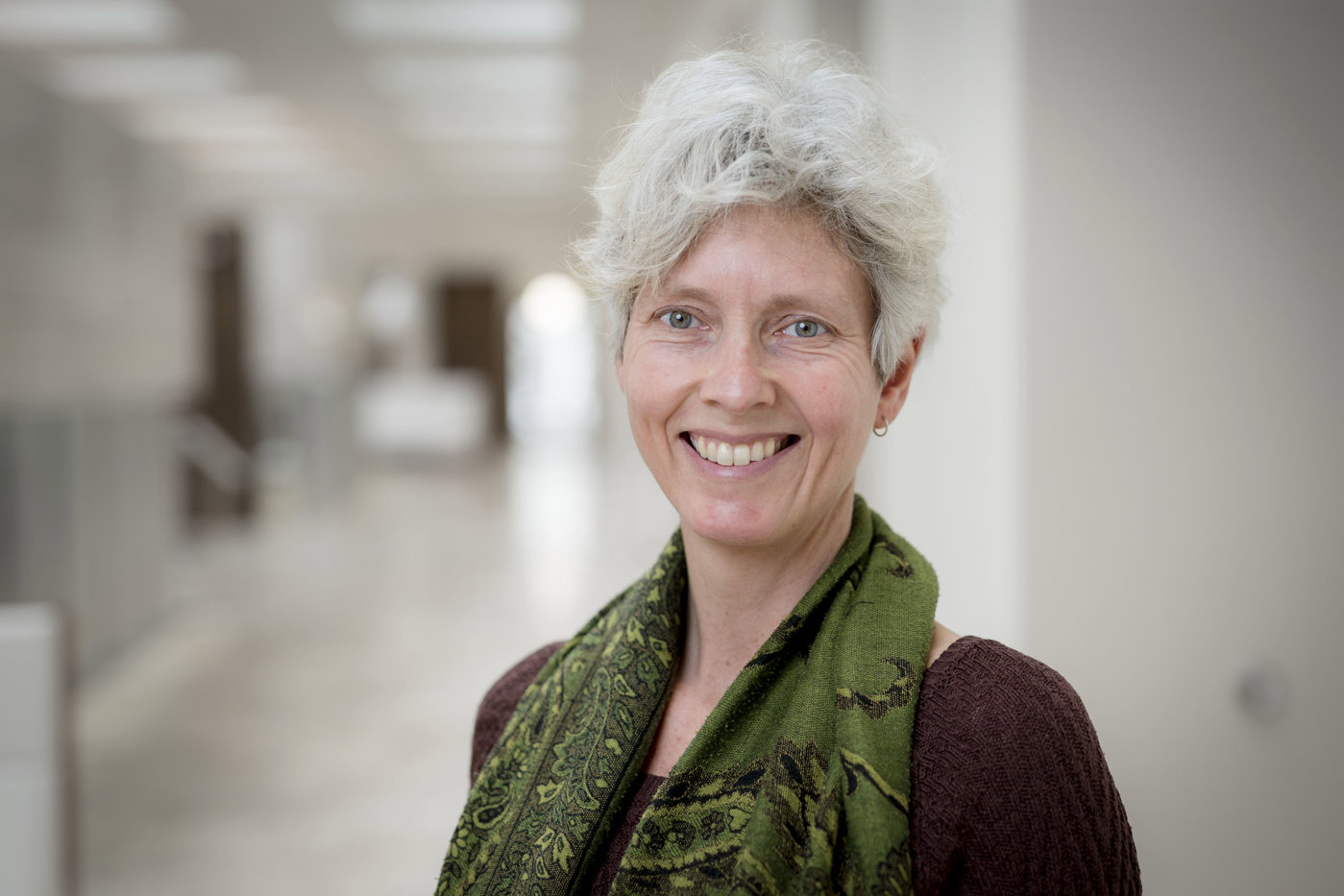The Netherlands is aging. And that affects all kinds of things. For example, the housing market, the healthcare system, the economy, the labor market and the pension system. In a series of articles, we discuss these topics based on interviews with an expert. This time researcher Femke Daalhuizen of the Netherlands Environmental Assessment Agency discusses the impact of aging on the design of neighborhoods and districts.
“Hold on tight; we are facing a double dose of aging,” Daalhuizen warns right at the start of the conversation. She is referring to the baby boomer generation, who will be leaving the labor market in the coming years, and who will probably need increasingly more care in the future. At least, the latter is a logical consequence of this large group of Dutch people getting older. “Research shows that people over the age of 75 are more likely to suffer from various and chronic ailments and decreasing mobility, which can increase the need for care and reduce self-reliance,” Daalhuizen explains.
90 percent of people over 75 still lives at home
That brings her to the issue of the housing market. “Older people are living independently to an increasingly advanced age; currently, more than 90 percent of all people over 75 lives independently, as does about two-thirds of people over 90. As the elderly become more disabled, a suitable home becomes an increasingly important prerequisite for continuing to live independently at home for longer. This specifically means that the home (after any modifications, ed.) must be easily accessible both inside and outside, without climbing stairs. And what did we find out? According to the Monitor Ouderenhuisvestiging 2022, there are 6.92 million homes in the Netherlands that are already suitable, or can be made suitable with a limited intervention, such as a stairlift. That amounts to 86 percent of the total housing stock of nearly 8 million homes in the Netherlands (in 2022).”
Seniors living at home put lock on housing market
But the growing number of seniors living independently, who are staying put, limits the sustainability of and flow through the housing market. Daalhuizen: “There is a reason why the elderly rarely move. They are comfortable in their homes, they are familiar with the neighborhood, the mortgage is paid off or their rent is ‘historically’ cheap and when they move, their expenses always increase. Actually, moving happens mostly when circumstances of life more or less force a move. But when you transition to the next phase of life (working towards retirement, ed.) and you are around 67, it is sometimes wiser to move to a more suitable home or living environment with sufficient facilities - supermarket, GP, pharmacy, public transport stops - and/or a social network nearby. That is easier to do when you are still fit and vital than when you are over 80.” Daalhuizen thinks it is wise for older people to anticipate this in advance. “A suitable home alone is not enough to continue living independently for longer.”
